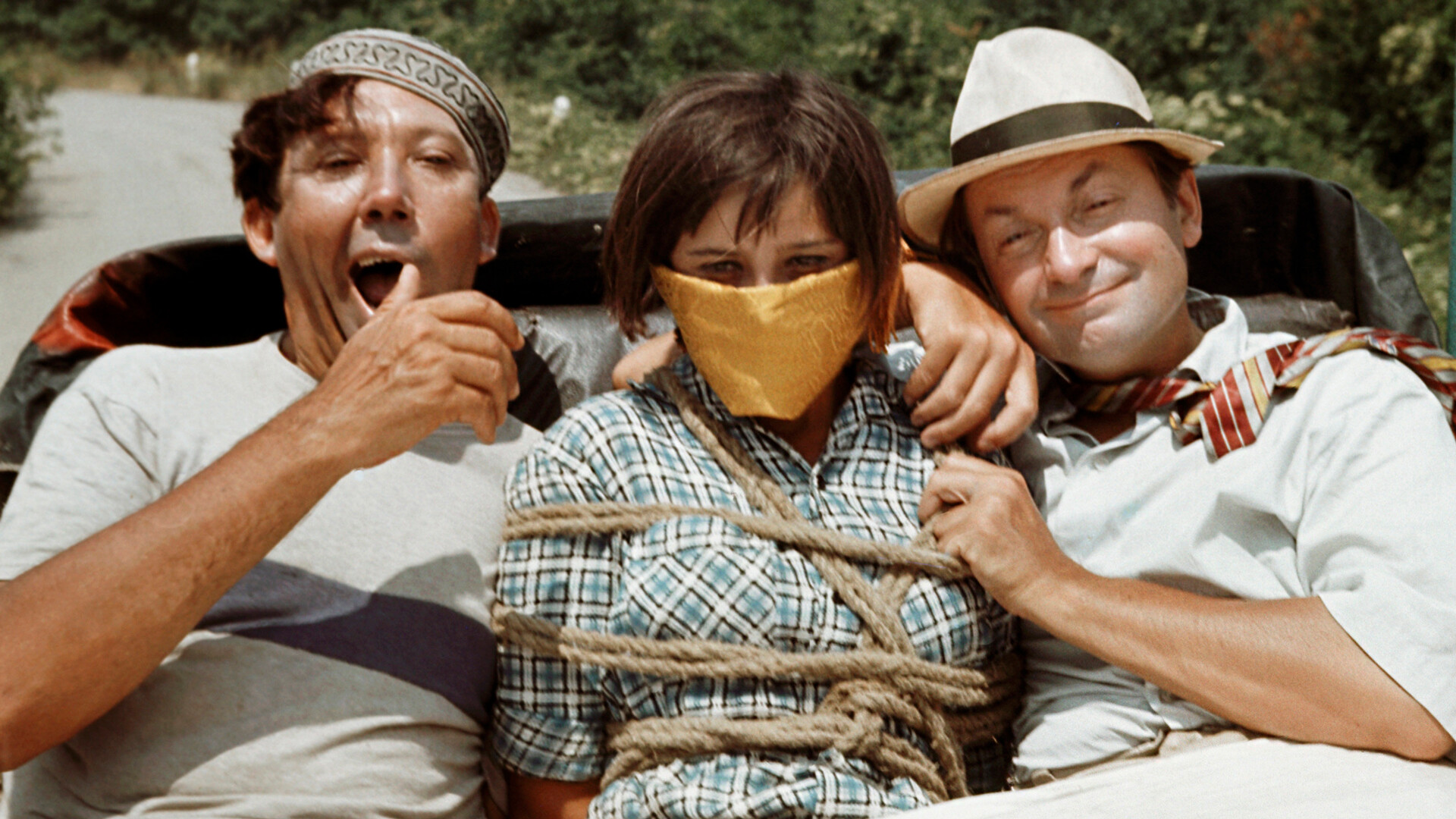
“People live so hard. Let them laugh,” Leonid Gaidai (1923-1993) said. His comedies such as “Dog Barbos and Unusual Cross”, “Bootleggers”, “Operation Y and Shurik’s Other Adventures”, “Kidnapping, Caucasian Style”, “The Diamond Arm”, “Ivan Vasilievich: Back to the Future”, and “The Twelve Chairs” - all went on to become Soviet box office leaders, raking in millions of viewers. Quotes from these films have become catchphrases, and timeless soundtracks from these movies have also become part of popular culture. Gaidai’s movies not only remained popular in the USSR and remain popular in modern Russia – the entire world continues to laugh watching them. What’s their secret?
Leonid Gaidai was born in 1923 in the Russian Far East – his father was an exile, and worked on the construction of the Amur Railway. Later his family moved to Irkutsk. The future director had an interest in comedy ever since childhood.
Charlie Chaplin was his true idol – Gaidai went to the local cinema to watch all his films (and sometimes he hid between the seat rows during breaks to watch them again). Later, the influence of Chaplin would be apparent in his own movies – for instance, in one of his early works – “The Ransom of Red Chief”, based on O. Henry’s short story of the same name. It has barely any text, like a silent film, and its comedic effect is based on funny situations and sounds.
Very young, fresh out of school, Gaidai wanted to enlist as a volunteer and fight on the front. He wasn’t enlisted immediately, but he was called up in autumn 1941. He served in military intelligence and even was distinguished in battle, throwing grenades at a German firing point. In 1943, he seriously injured his foot when he struck a mine and remained unfit to serve in the military despite a long recovery. The young Gaidai returned to Irkutsk and, after studying in a theater studio, went to conquer Moscow, where he entered the directing department of the Institute of Cinematography (VGIK). From there, he was almost immediately accepted by Mosfilm, the USSR’s leading film studio.
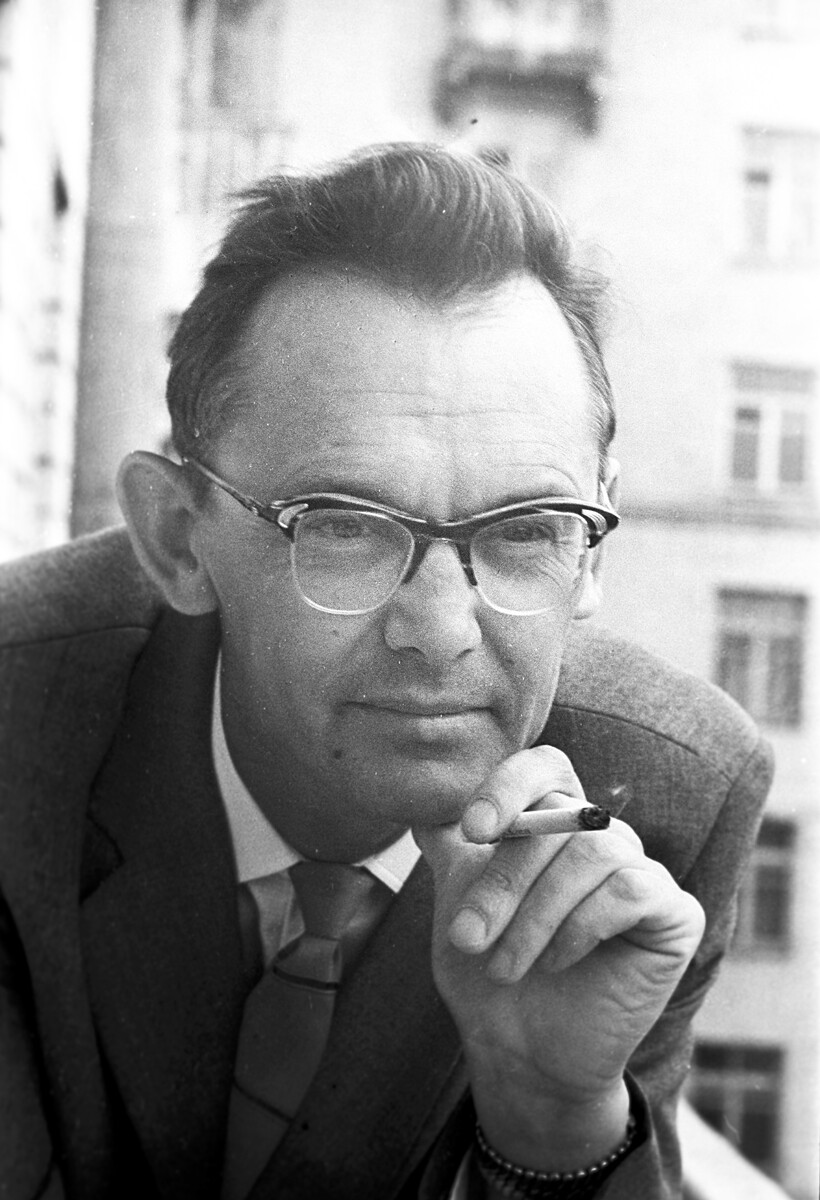
Gaidai wanted to work in only one genre – comedy. Only once, at the beginning of his creative career, on the advice of Ivan Pyryev, Mosfilm’s director, he directed a serious movie about the Revolution, “Thrice Resurrected”. But the work was criticized, and it almost cost him his career.
Gaidai’s first big breakthrough was the short film “Dog Barbos and the Unusual Cross”. It was nominated for an award at the Cannes Film Festival. A trio of hooligans – a Coward, a Fool and a Pro – appeared in this comedy for the first time, played by Georgy Vitsin, Yuri Nikulin and Yevgeny Morgunov. The audience absolutely adored them, and they appeared many times in Gaidai’s future films.
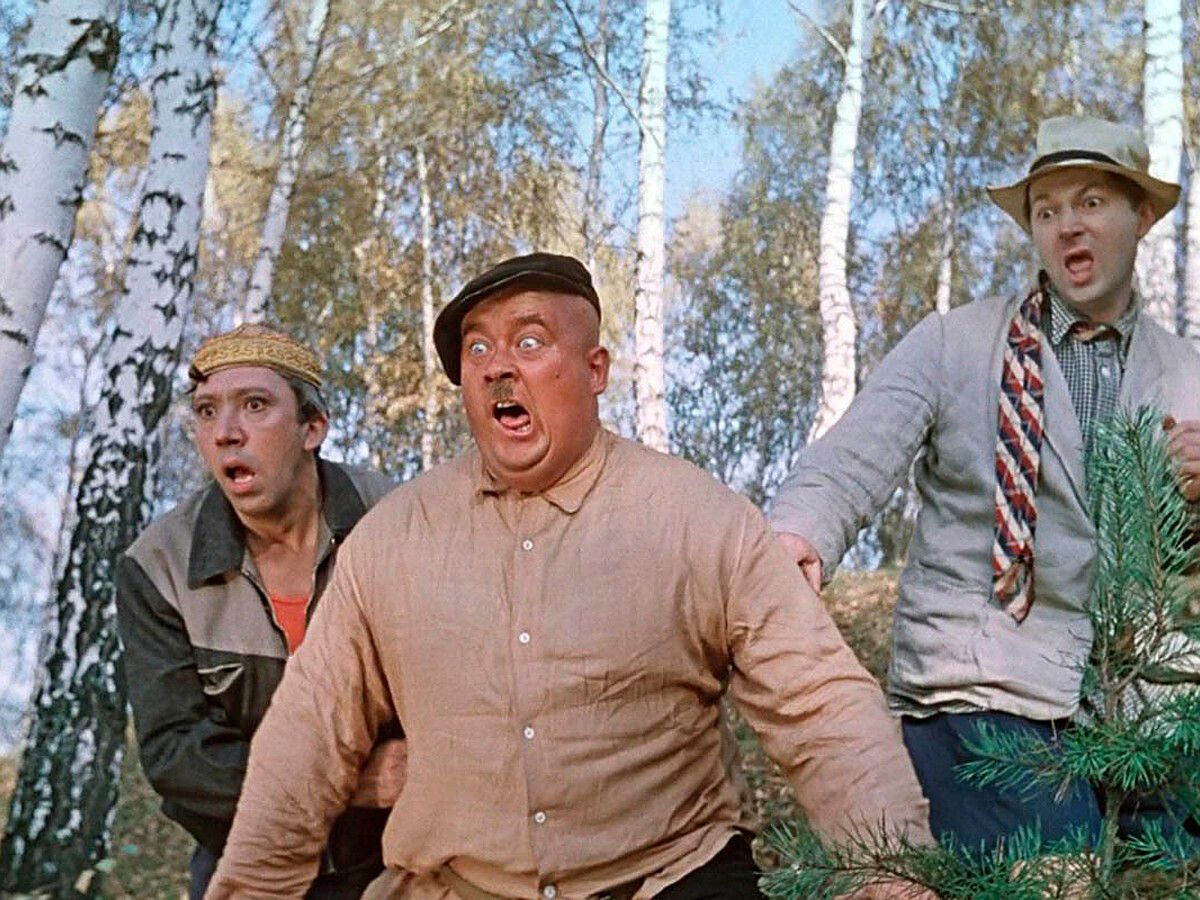
Coward, Fool, Pro. A shot from the short film “Dog Barbos and the Unusual Cross”
Leonid Gaidai/Mosfilm, 1961National fame came to Gaidai with the comedy “Operation Y and Shurik’s Other Adventures” (1965), which became a Soviet box office hit. The main hero is the simple but honest and principled student Shurik, who subsequently became a true star and favorite among the Soviet people. On the wave of this unprecedented success a sequel to the movie was directed – “Kidnapping, Caucasian Style” (1967) that also took the box office by storm.
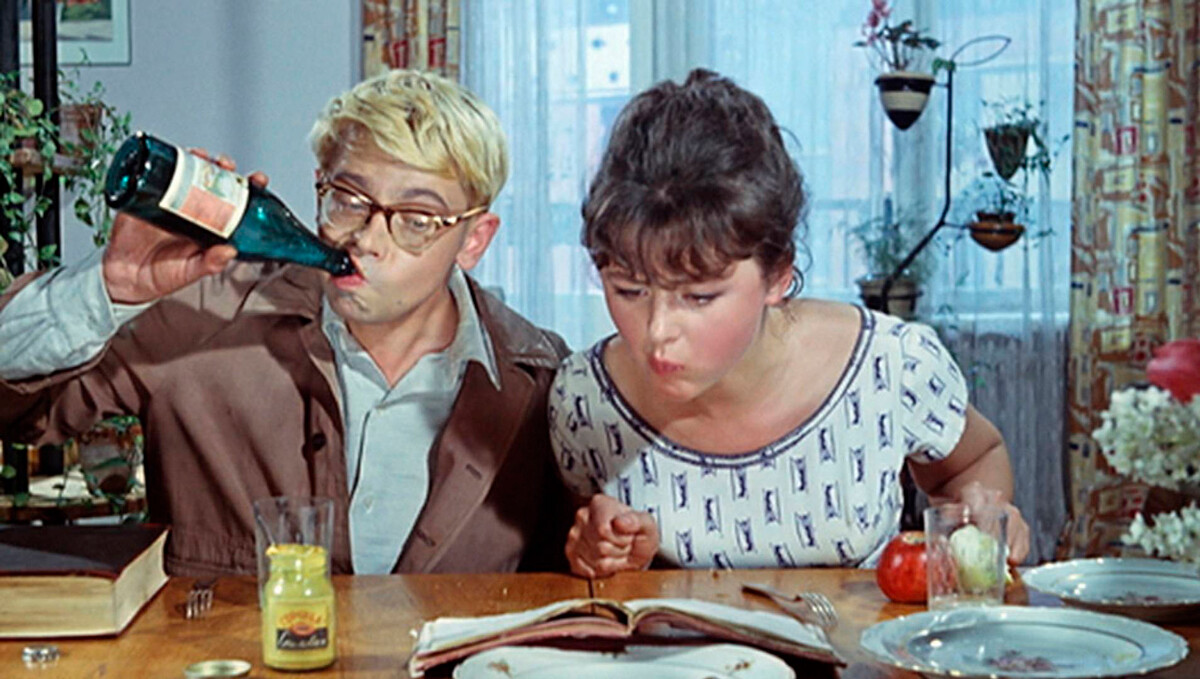
A shot from the deja vu story of the movie “Operation Y and Shurik’s Other Adventures”
Leonid Gaidai/Mosfilm, 1965Much of the humor in Gaidai’s comedies is based on visual gags – a comic device with obvious absurdity as its base. The humorous effect is amplified by the actors’ gestures and antics.
The comedy “The Diamond Arm” (1969) is about honest family man Semyon Gorbunkov, in whose orthopedic cast thieves have hid stolen diamonds by mistake, This film is among the three highest grossing movies in Soviet cinema history. Shurik eventually grows up and he’s no longer a student, but rather, a scientist who built a time machine. He’s the star of another iconic movie, “Ivan Vasilievich: Back to the Future” (1973), based on Mikhail Bulgakov’s play.
Overall, Gaidai often turned to the classics – inspired by the works of O. Henry (“Strictly Business”), Ilya Ilf and Yevgeny Petrov (“The Twelve Chairs”), Mikhail Zoshchenko (“It Can’t Be!”), and bringing them all to the silver screen.
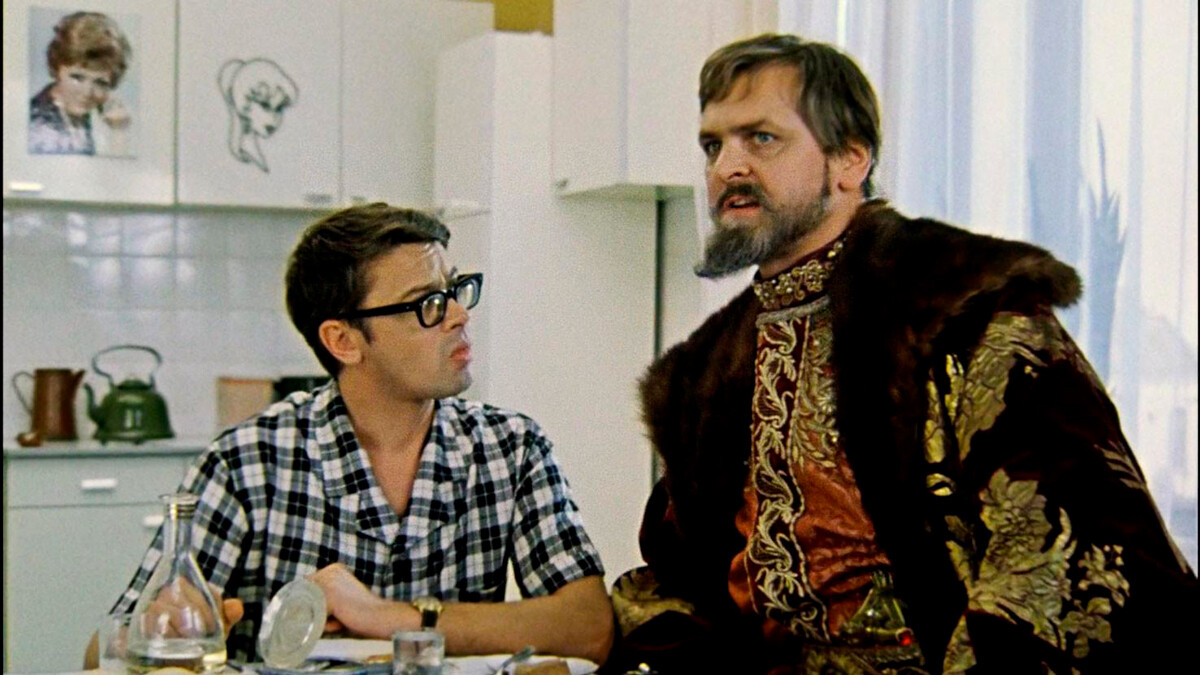
Shurik and Ivan the Terrible – a shot from the movie “Ivan Vasilievich: Back to the Future”
Leonid Gaidai/Mosfilm, 1973In his last movie, shot after the collapse of the USSR - “Weather Is Good on Deribasovskaya, It Rains Again on Brighton Beach” (1993) - the director had a good laugh about Soviet leaders and the KGB.
According to the director’s wife, actress Nina Grebeshkova, young Gaidai himself resembled his movie hero Shurik. Nina and Gaidai studied in the same grade; he was older (since he came to study after the war), and he stood out, was thin and tall. He courted her modestly and awkwardly, walked her home through all of Moscow, bought flowers for her. Gaidai and Grebeshkova married when they were still students, in 1953, and lived together in the same room with her parents, separated from privy eyes with just a large closet.
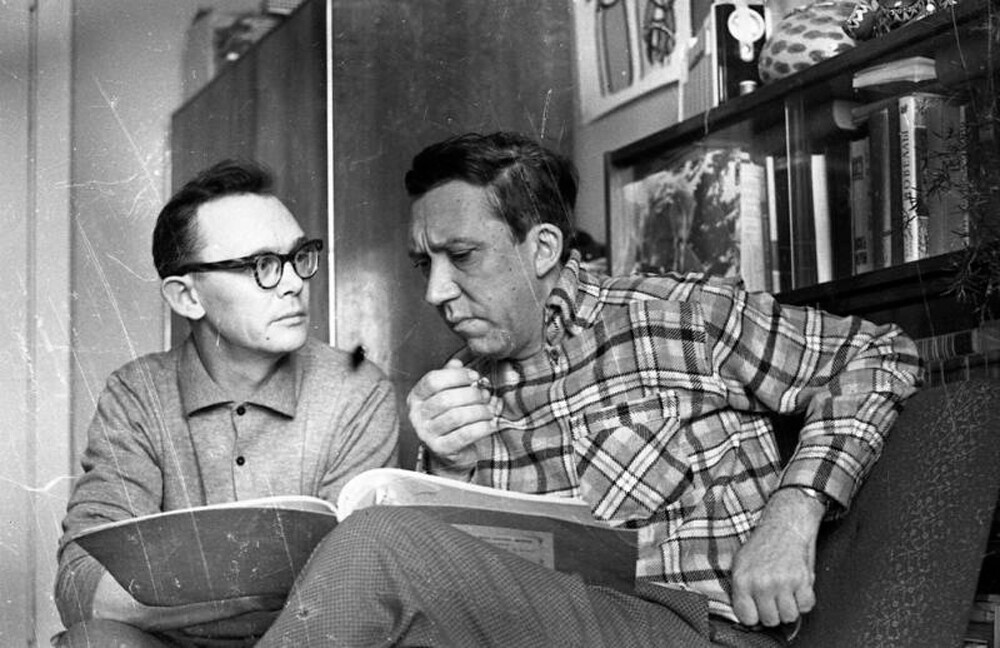
Leonid Gaidai (left) and actor Yuri Nikulin read a script.
Semyon Mishin-Morgenstern/MAMM/MDFIn everyday life the director was quite spartan, even ascetic – he didn’t require any external comfort, dedicating all his time to his work (and spending more time on sets and in Mosfilm studios than at home). Millions of people watched his comedies, while he lived in a modest apartment and had no savings to restore his dacha that had burned down.
He also made his wife famous – as the mental hospital nurse in “Kidnapping, Caucasian Style” and the main hero’s wife in “The Diamond Arm”.
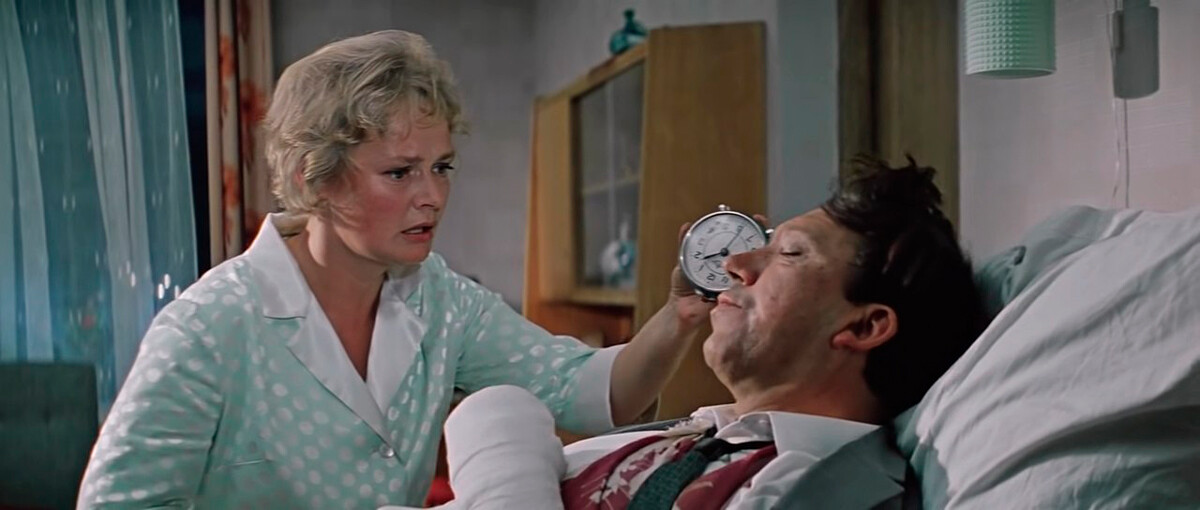
Nina Grebeshkova in the movie “The Diamond Arm”
Leonid Gaidai/Mosfilm, 1968It’s often said that comedians and clowns are unhappy and grim people in real life. But certainly not Gaidai. Contemporaries remembered that in regular life he was incredibly witty, had a very refined sense of humor, often joked around, told amusing anecdotes, and liked to have fun.

Leonid Gaidai (right) and actor Vyacheslav Nevinny on the set of the movie “Borrowing Matchsticks”
Igor Gnevashev/MAMM/MDFHe saw funny things where the majority of people didn’t see them – and revealed it to everyone. He even sometimes showed his best comedy actors how to act in certain episodes.
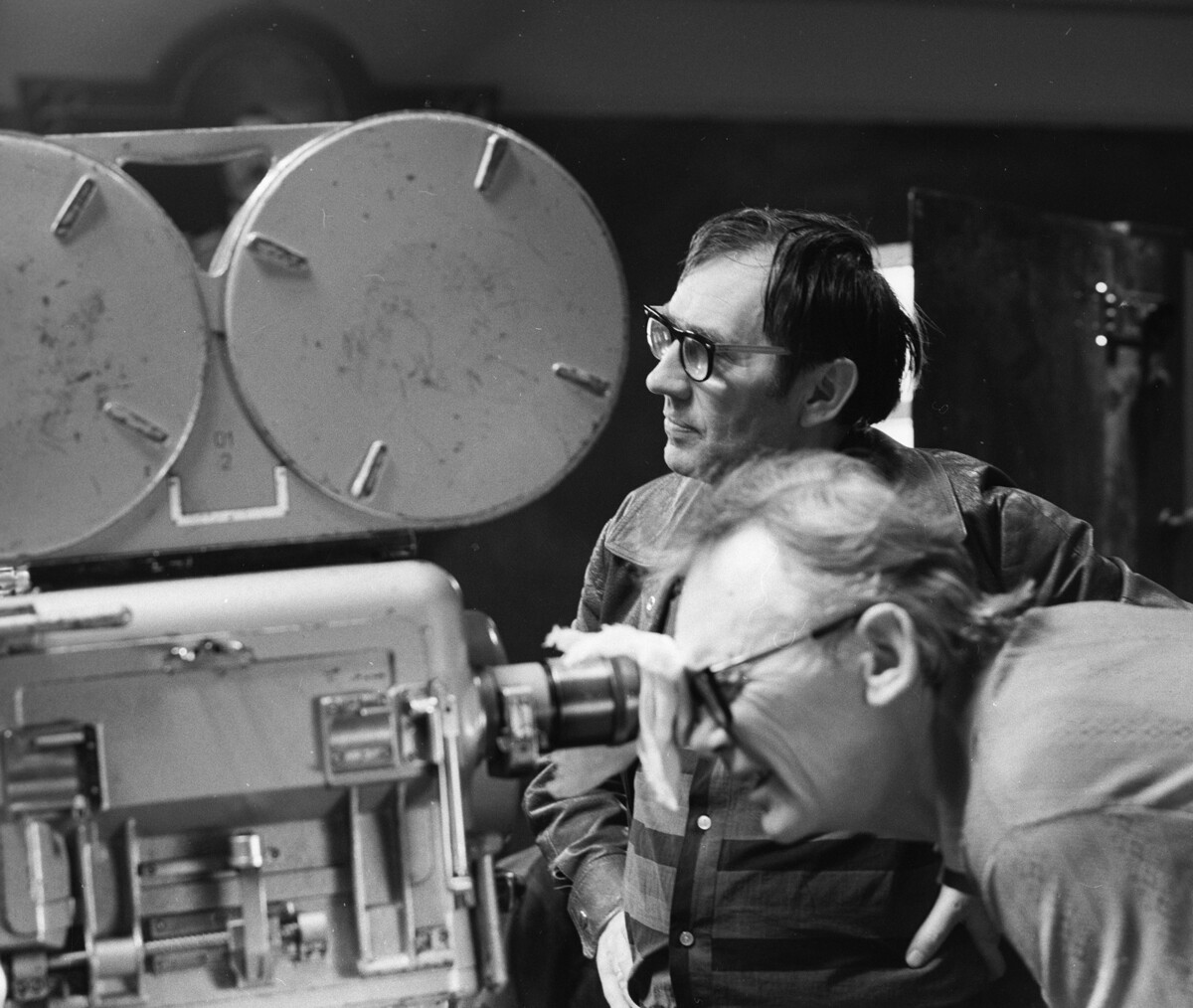
Despite the typical Soviet setting of his movies, they were relatable and funny to a viewer from any country and of any age. Actress Natalya Varley remembered how in Africa a black woman was so delighted and laughed so hard during the movie that she even threw her baby up towards the ceiling.
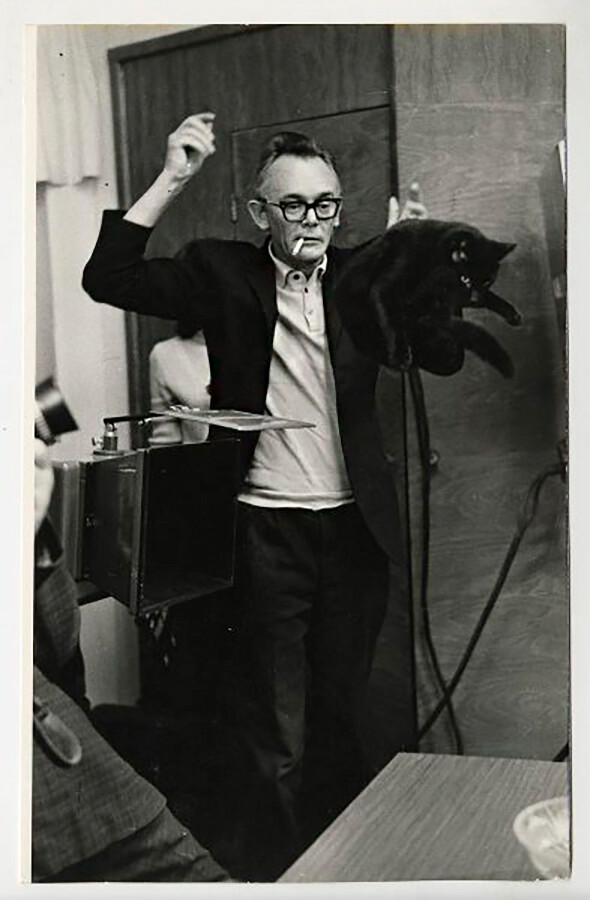
Leonid Gaidai on the set of the movie “Ivan Vasilievich: Back to the Future”
Igor Gnevashev/MAMM/MDFThe secret was in the painstaking work on the script, as well as the scrupulous choice of actors and music. The screenwriter of the main comedies, “Operation Y,” “Kidnapping, Caucasian Style” and “The Diamond Arm”, Yakov Kostyukovsky, remembered that Gaidai and he always worked on the script together and they had their own “formula.” They always considered whether their work would be comprehensible to some babushka somewhere, for example, in Yoshkar-Ola.
Actor Yuri Nikulin remembered that Gaidai put a lot of detailed work into every scene – he shot and reshot, not sparing any film. The most important signal was that the camera crew and projectionists were laughing. “That means there’s something in it,” Gaidai said. That means others will also laugh.
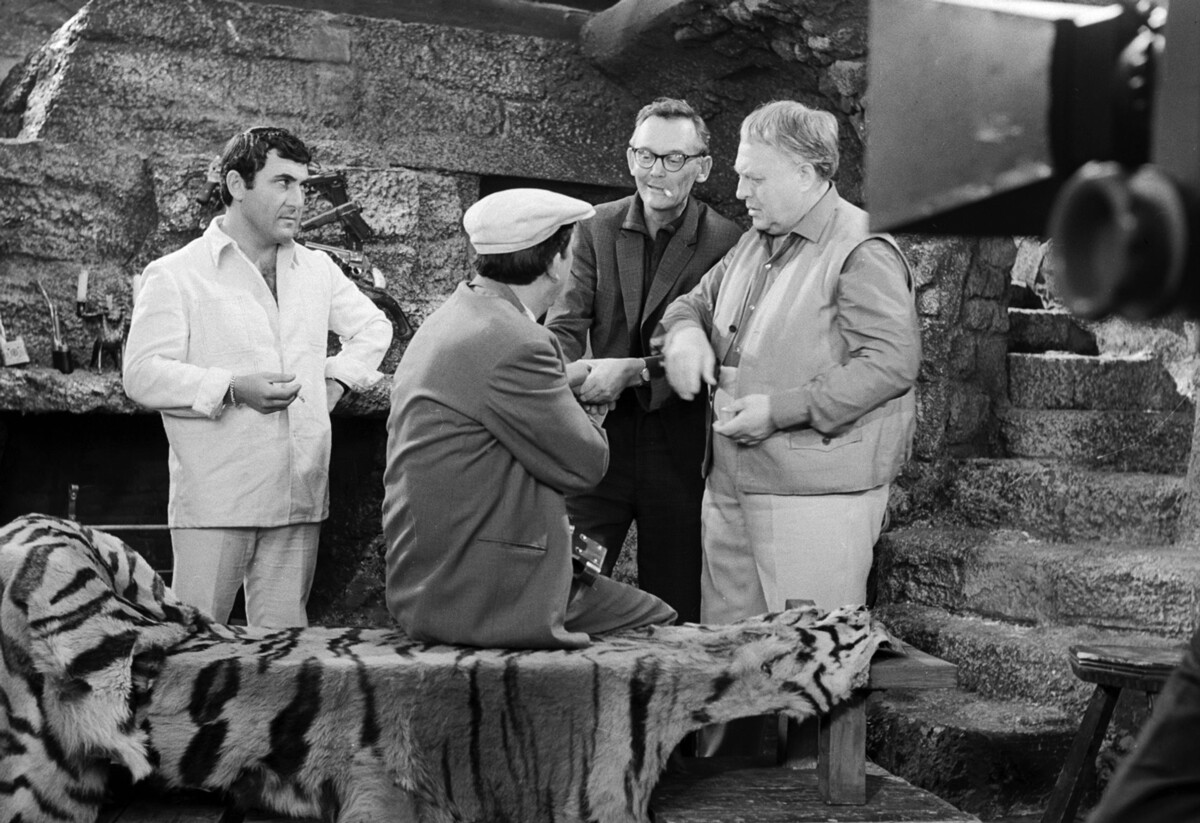
Gaidai on the set of The Diamond Arm
MosfilmDear readers,
Our website and social media accounts are under threat of being restricted or banned, due to the current circumstances. So, to keep up with our latest content, simply do the following:
If using any of Russia Beyond's content, partly or in full, always provide an active hyperlink to the original material.
Subscribe
to our newsletter!
Get the week's best stories straight to your inbox